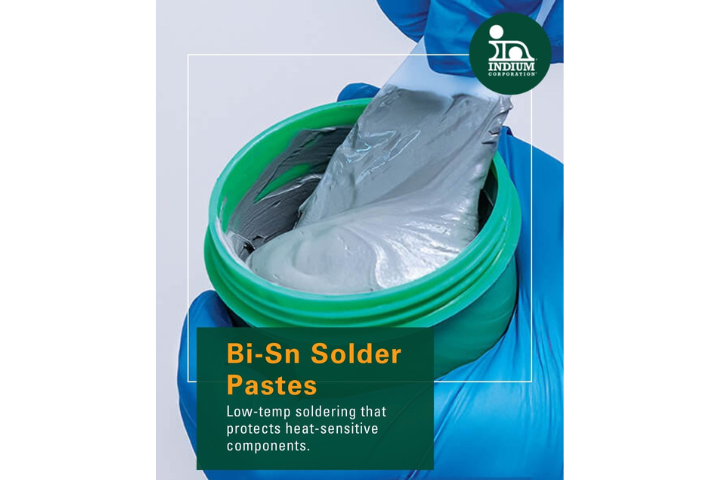Folks,
Some time ago I posted on “The Curse of the Early First Fail” and “Interpreting Weibull Plots.” Both of these posts related to using Weibull analysis to make sound engineering decisions.
Recently, a reader asked if sample size is important in Weibull analysis. It is interesting that few who do Weibull analyses discuss the effect of sample size. So, let’s do it now. Consider Figure 1. This figure shows Weibull analysis used to compare cycles to fail for Alloy 1 and Alloy 2. Considering that the slope of each curve is about the same, most people would say that since the scale for Alloy 2 is greater (1320 versus 1172), Alloy 2 is superior. But, is the difference statistically significant? By using a simple Two Sample t Test, we can analyze the data and find that there is only a 62% confidence that Alloy 2 is better than Alloy 1. Flipping a coin gives us 50% confidence, so this result is not encouraging. Four samples is seldom enough to make a confident engineering decision.
Figure 1. A Weibull Plot of Alloy 1 and 2 with Only 4 Samples.
If we perform the experiment again with 20 samples, we get the Weibull analysis as shown in Figure 2. Note that although the scale parameters have not changed too much, the shape parameters have changed significantly. The original 4 sample test is just not enough to really lock in on the real shape numbers for the samples. By also performing a two sample t test on the 20 sample data, we now find we have a 99.6% confidence that Alloy 2 is superior to Alloy 1. So, with 20 samples we can confidently say that Alloy 2 is superior to Alloy 1.
Figure 2. A Weibull Plot of Alloy 1 and 2 with 20 Samples.
What is the minimum sample size for your test to be confident in the result? It can vary quite a bit and only by analyzing the data with a t test, after the experiment, can you know for sure. But my experience would suggest that you should never have less than 10 samples, and preferably 15 or more.
Cheers,
Dr. Ron





